-
 © Max Edleston/Classic & Sports Car
© Max Edleston/Classic & Sports Car -
 © Stahlkocher/Creative Commons licence https://creativecommons.org/licenses/by-sa/3.0/legalcode
© Stahlkocher/Creative Commons licence https://creativecommons.org/licenses/by-sa/3.0/legalcode -
 © Max Edleston/Classic & Sports Car
© Max Edleston/Classic & Sports Car -
 © Darin Schnabel/RM Auctions
© Darin Schnabel/RM Auctions -
 © Vauxford/Creative Commons licence https://creativecommons.org/licenses/by-sa/4.0/legalcode
© Vauxford/Creative Commons licence https://creativecommons.org/licenses/by-sa/4.0/legalcode -
 © Ypy31/public domain
© Ypy31/public domain -
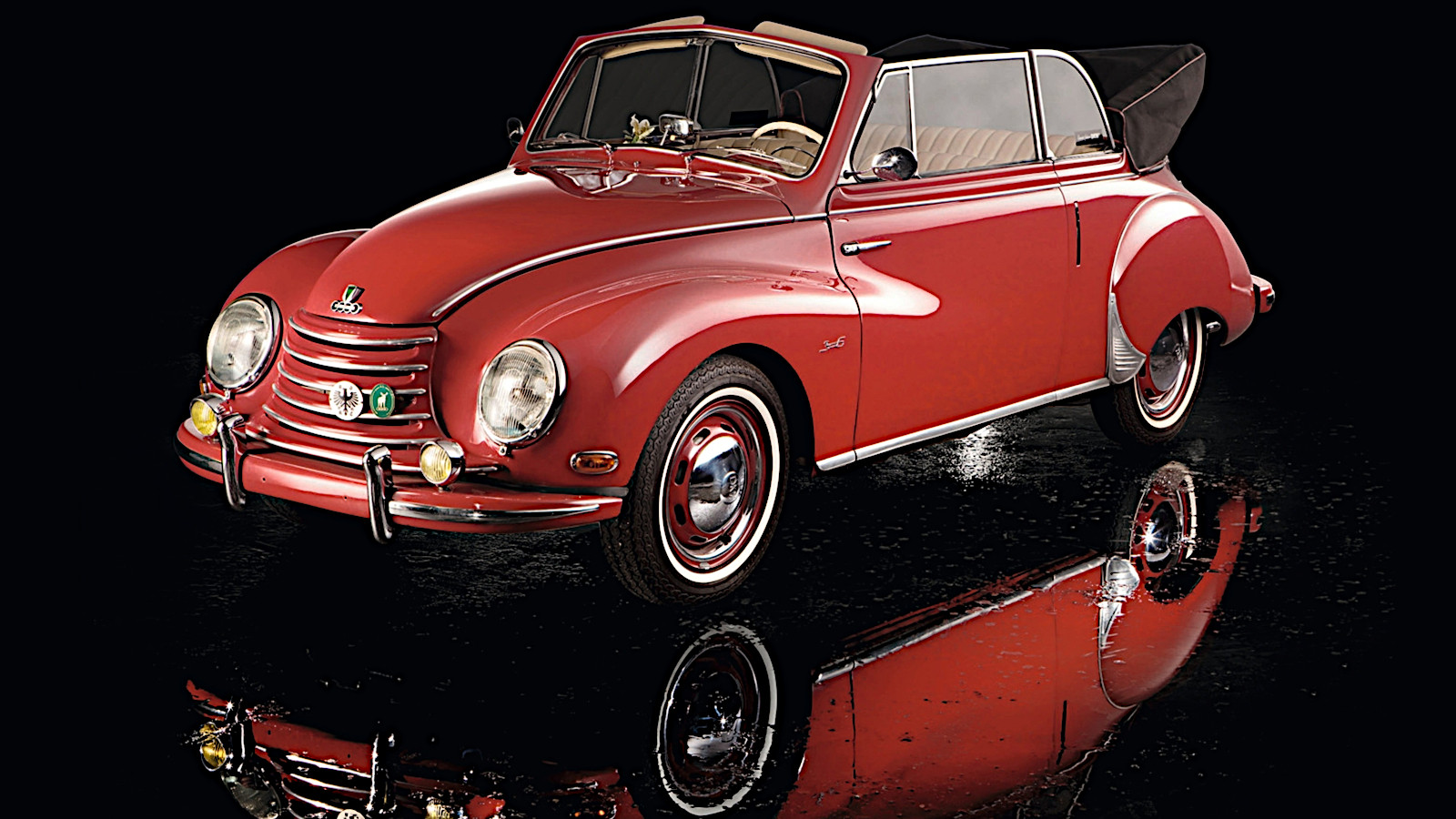 © Audi
© Audi -
 © Public domain
© Public domain -
 © Mohylek/Public domain
© Mohylek/Public domain -
 © Darin Schnabel/RM Auctions
© Darin Schnabel/RM Auctions -
 © Julian Mackie/Classic & Sports Car
© Julian Mackie/Classic & Sports Car -
 © Markus Heimbach/Classic & Sports Car
© Markus Heimbach/Classic & Sports Car -
 © Audi
© Audi -
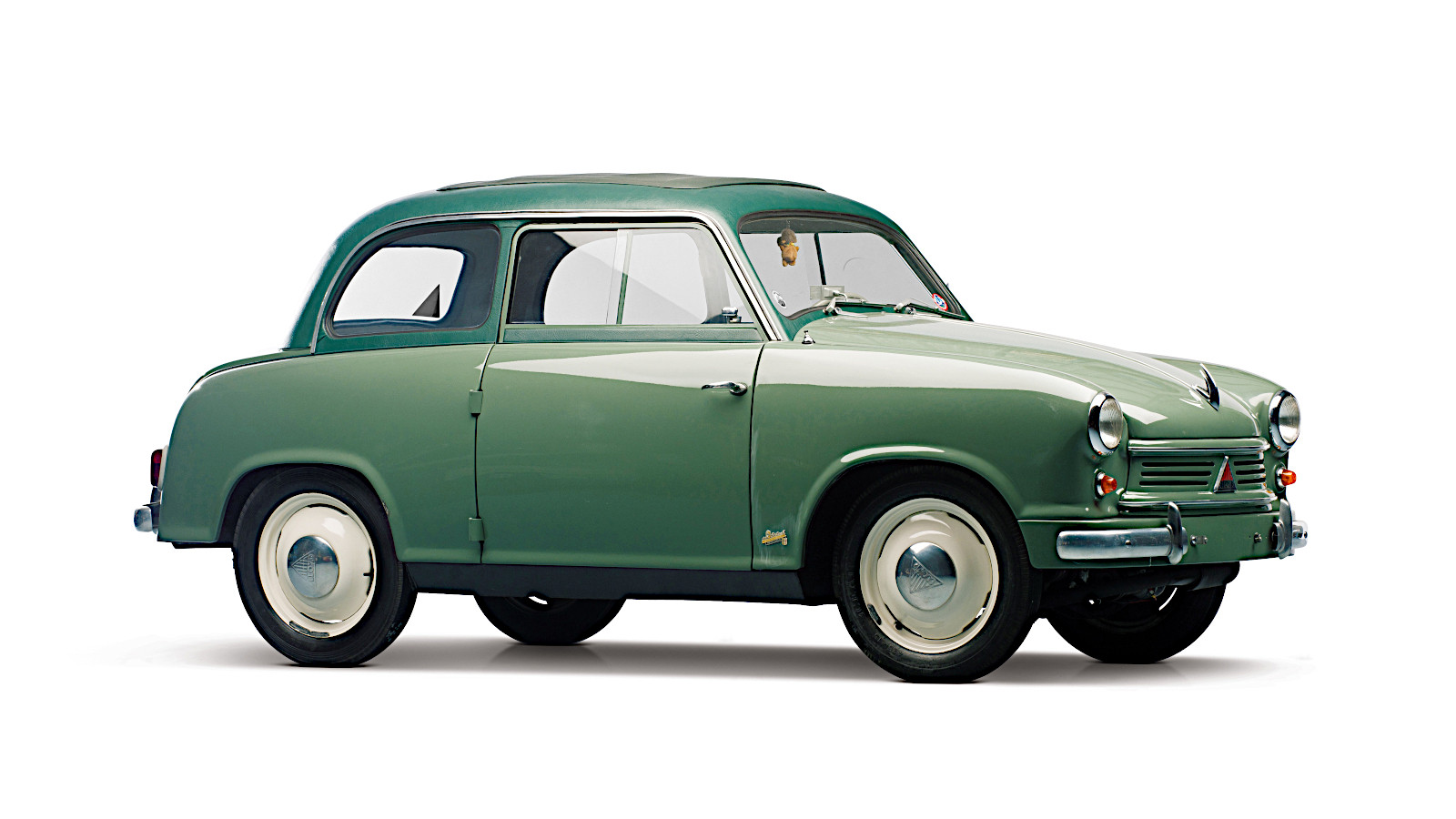 © Darin Schnabel/RM Auctions
© Darin Schnabel/RM Auctions -
 © Mazda
© Mazda -
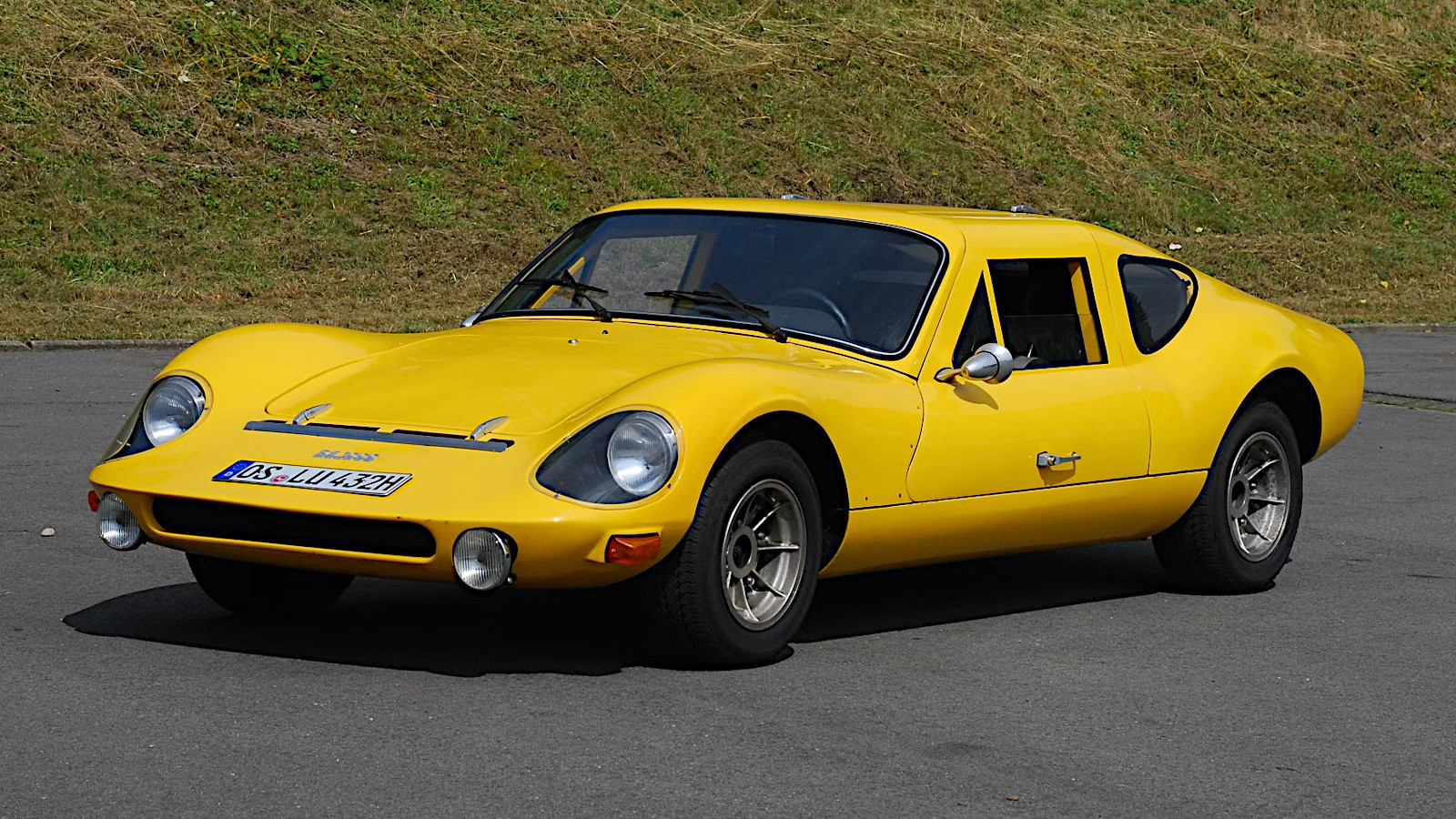 © Collecting Cars
© Collecting Cars -
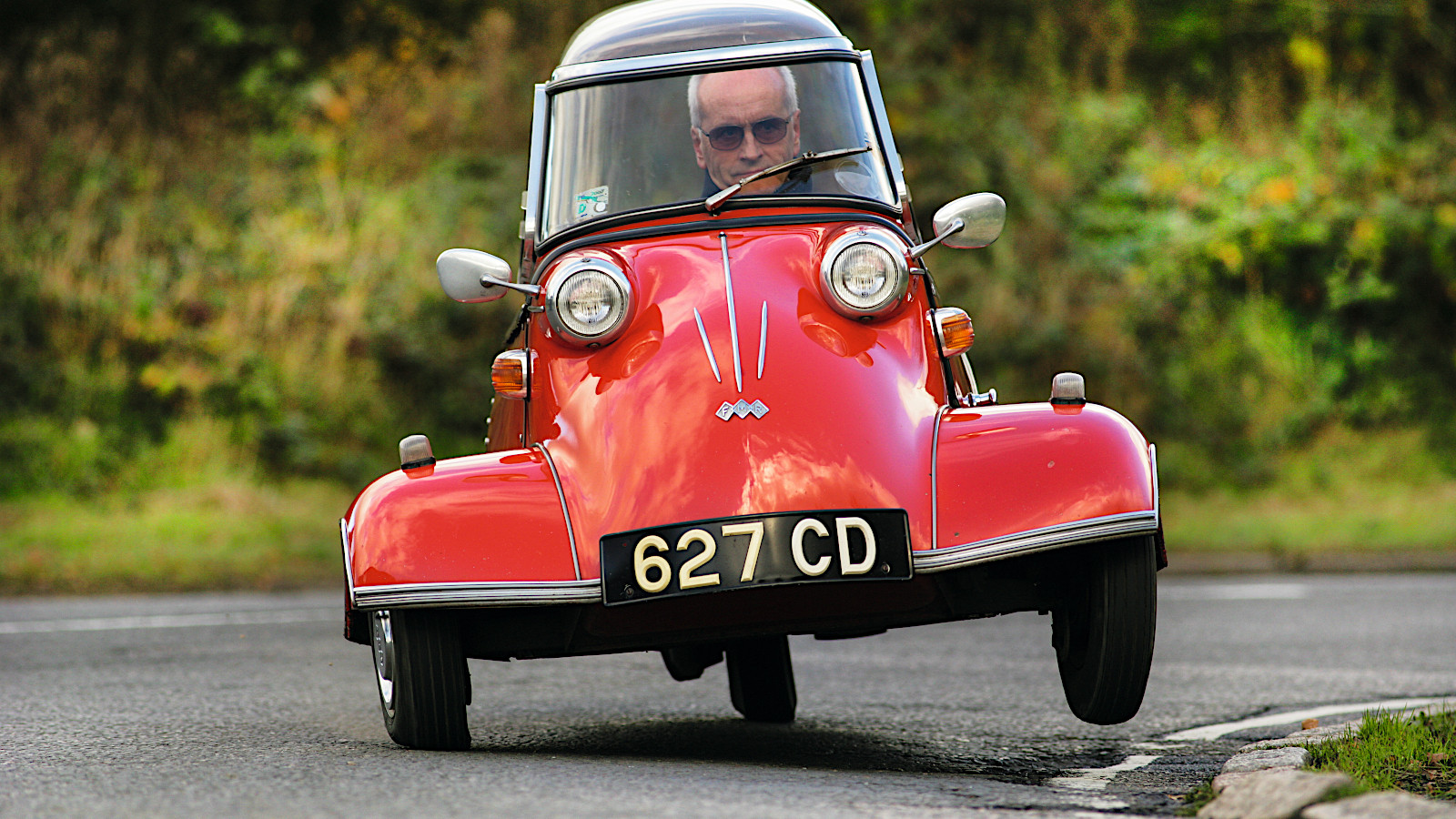 © Tony Baker/Classic & Sports Car
© Tony Baker/Classic & Sports Car -
 © ignis/Creative Commons https://creativecommons.org/licenses/by-sa/3.0/legalcode
© ignis/Creative Commons https://creativecommons.org/licenses/by-sa/3.0/legalcode -
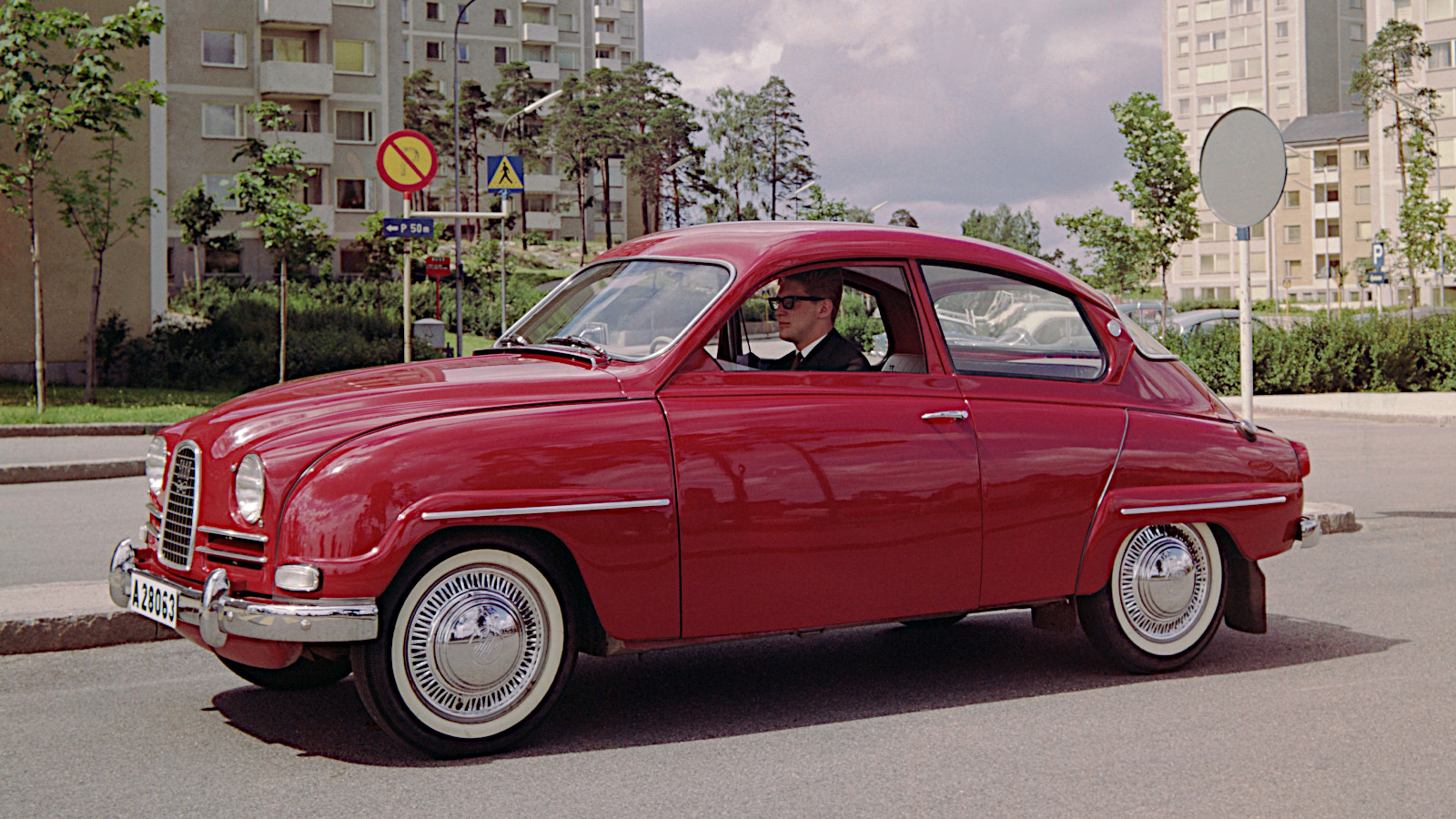 © Saab
© Saab -
 © Subaru
© Subaru -
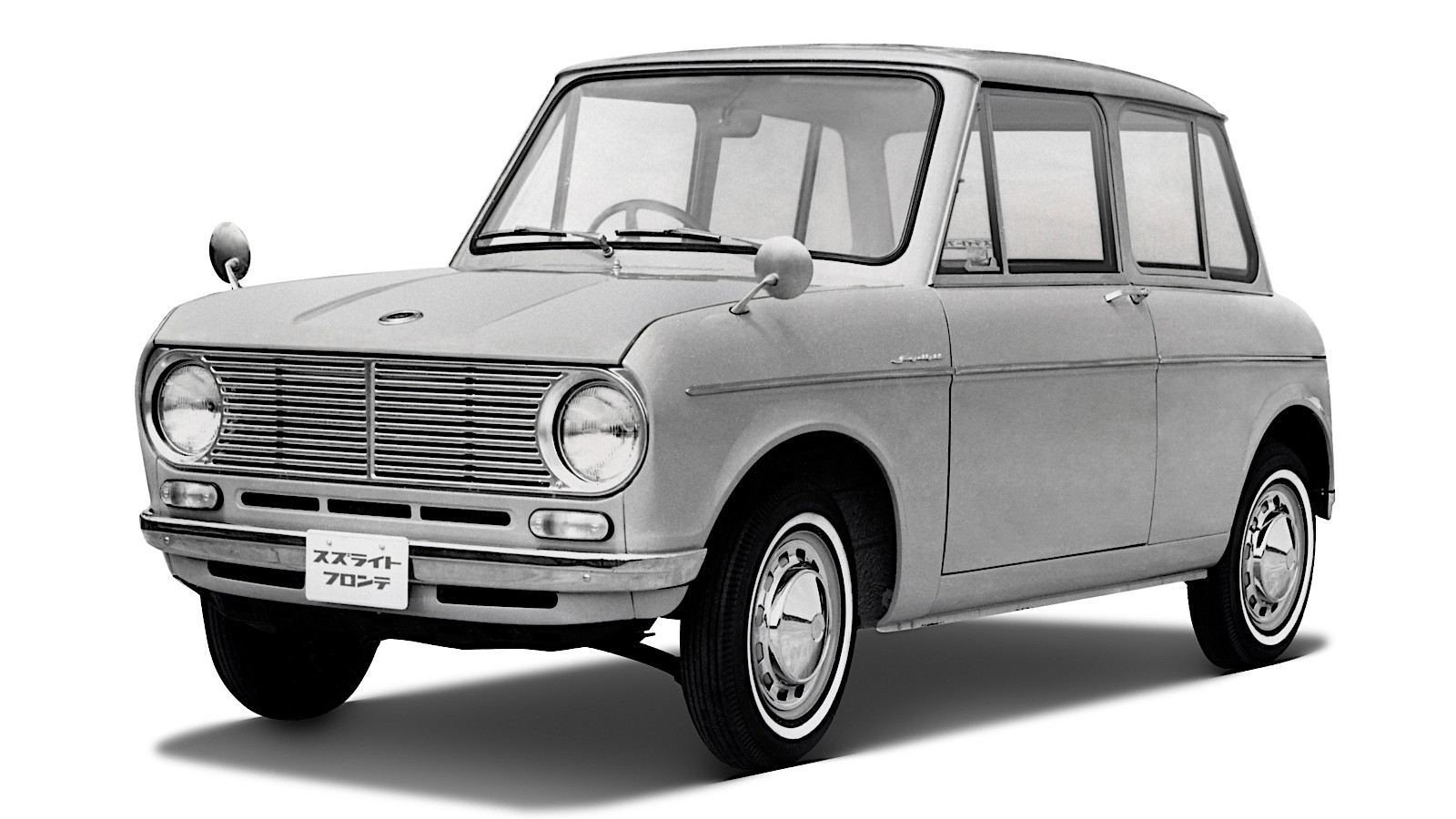 © Suzuki
© Suzuki -
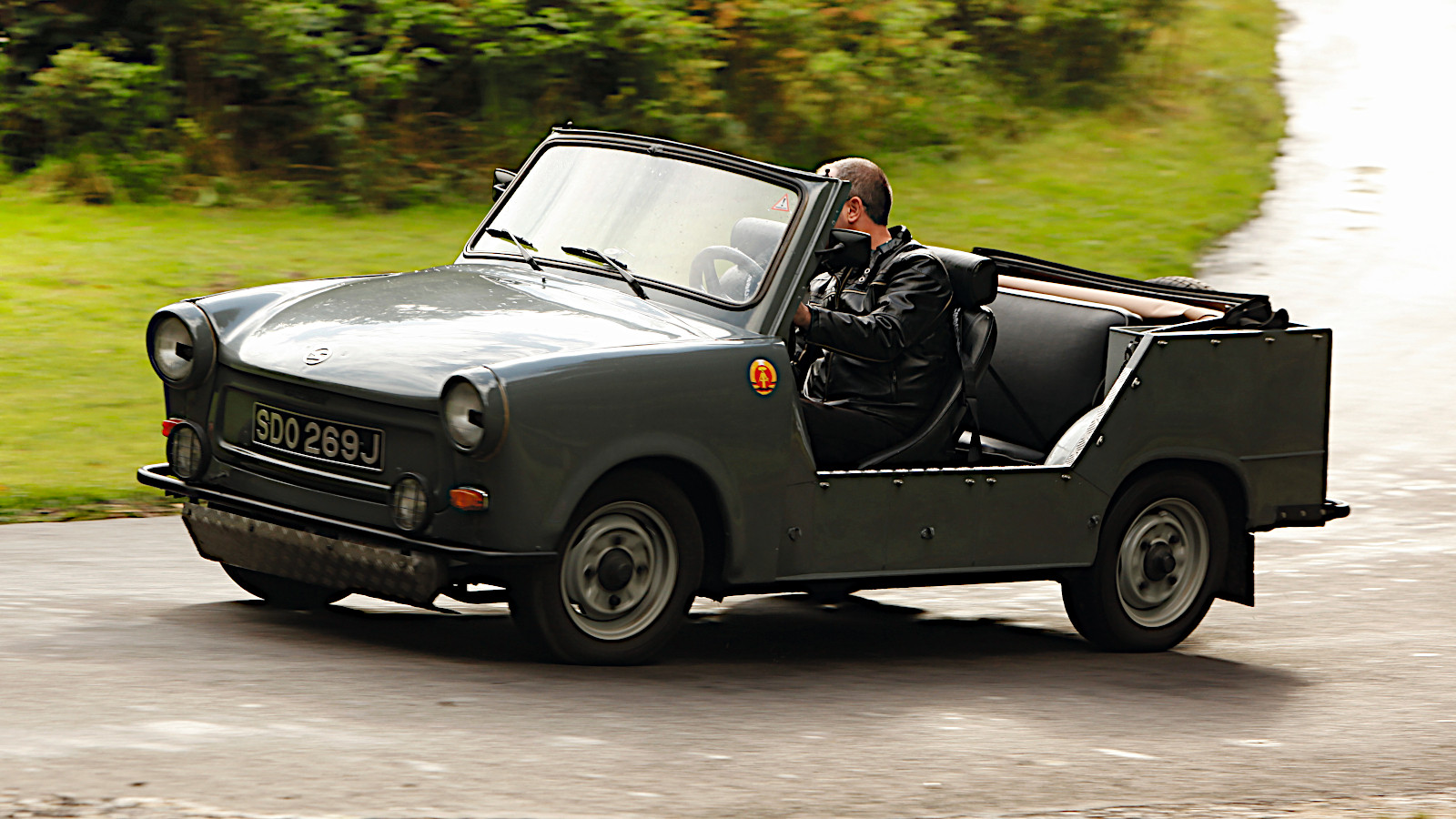 © Tony Baker/Classic & Sports Car
© Tony Baker/Classic & Sports Car -
 © RM Sotheby’s
© RM Sotheby’s -
 © Olgun Kordal/Classic & Sports Car
© Olgun Kordal/Classic & Sports Car
-
A stroke of genius?
On paper, a two-stroke engine is just the sort of thing you want in your car.
It has far fewer parts than a four-stroke, and is therefore both light and cheap to build. It also produces a lot of power for its size.
Unfortunately, for technical reasons, its fuel economy is dubious and its emissions horrific. Attempts to bring it back require getting round these problems, and none has yet made it to production.
Two-stroke cars are therefore, for the moment, a thing of the last century, so we can look at them with a feeling of nostalgia, which is exactly what we’re going to do now as we celebrate two-stroke classic cars, in alphabetical order.
-
1. Aero Type 30
The Czech company Aero predominantly built small two-stroke cars before and just after the Second World War.
The most successful was the Type 30, which had a 1.0-litre two-cylinder engine and, impressively for the time, all-round independent suspension.
Nearly 8000 are believed to have been built, making this the car Aero produced in by far the greatest numbers.
-
2. Auto Union 1000
The 1000 was effectively an uprated version of the wide-bodied DKW Sonderklasse, which we’ll be coming to shortly.
Its name was an approximate reference to the size of its three-cylinder engine, which had been extended from the DKW’s 896cc to a more muscular 981cc.
-
3. Berkeley Sports SE328
The SE328 was the second of the glassfibre-bodied, front-wheel-drive Sports models produced by Berkeley in the late 1950s.
It was essentially an update of the earlier SA322, with a 328cc two-cylinder air-cooled Excelsior motorcycle engine instead of the less powerful 322cc British Anzani unit.
After a brief production run, Berkeley switched engines again. The Sport was now powered by another Excelsior motor, this time with three cylinders.
-
4. Brütsch Mopetta
The Mopetta is the best known of the eccentric and tiny German cars designed by Egon Brütsch.
It had the smallest engine ever fitted to any production car, if you’re prepared to describe a run of just 14 examples as ‘production’.
The single-cylinder 48cc two-stroke was created by ILO to act as an extra source of power for pedal bicycles.
-
5. Daihatsu Fellow
Introduced in 1966, the Fellow saloon was powered by the same two-cylinder 356cc two-stroke which had made its debut three years earlier in the Hijet van and pick-up.
Daihatsu built other two-stroke cars, too, but the Fellow is particularly notable for its rectangular headlights.
Non-round lights were a rarity at the time, having appeared for the first time earlier in the 1960s on the Ford Taunus and Citroën Ami.
-
6. DKW Sonderklasse
DKW became the world’s leading producer of two-stroke car and ’bike engines in the 1920s, and was also an early adopter of front-wheel drive.
The latter featured in most of its cars and the former in all of them, including the Sonderklasse (‘special class’) saloon of the 1950s. In some circles, this is the best known of all ‘Deeks’, since it was the first car used in circuit racing by future Formula One world champion Jim Clark.
Clark raced a narrow-bodied Sonderklasse, but there was also a wide-bodied version. In both cases, the car (also known as the 3=6, among other names) was powered by an 896cc three-cylinder engine.
-
7. Elmore
If things had gone slightly differently, General Motors might have become a leading developer of two-stroke engines before the First World War.
Elmore, a two-stroke specialist, was one of several companies bought by GM founder William Durant before he was ousted from the company in 1910.
Having made a fortune with Chevrolet, Durant was able to buy his way back into control of GM seven years later, but by that time his more cautious colleagues had already cast Elmore into the outer darkness.
-
8. FSO Syrena 105
Syrena was the name of a long-running series of cars built by Polish manufacturer FSO from the 1950s to the 1980s.
The last and most successful of these was the 105, which had an 11-year production run.
Like the earlier 104, it had an 842cc three-cylinder two-stroke engine, which replaced the smaller and less powerful 746cc two-cylinder unit used in the earlier models.
-
9. Fuldamobil S-6
Fuldamobil produced several tiny cars in Germany throughout the 1960s and 1970s.
The S-6 was powered by a 191cc single-cylinder Fichtel & Sachs two-stroke, which was also used in other models.
It was the first Fuldamobil with a new type of front suspension, and the last with an aluminium body before the company switched to glassfibre.
Customers could specify either three or four wheels, but in the latter case the two at the rear were so close together that the car still looked like a three-wheeler if you didn’t study it closely.
-
10. Goggomobil T400
The Goggomobil name was used for a series of closely related saloons, sports cars, vans and pick-up trucks built by Glas from 1955 to 1969.
All of them had two-cylinder two-stroke engines. The largest, as fitted to the T400 saloon pictured here, measured 392cc, but 245cc and 293cc versions were also available.
Despite their odd name and appearance, Goggomobils were admired by other manufacturers and popular among customers. Well over a quarter of a million were built in 14 years.
-
11. Goliath GP700 Sportcoupé
In its original form, the GP700 was a sturdily handsome saloon produced in the 1950s by the Goliath company, which had been founded in 1928 by Carl Borgward.
Unusually for the period, the car featured front-wheel drive, and was even available with fuel injection.
It was also sold as a convertible, an estate and a van, but the most beautiful version was surely the Sportcoupé of 1951-’53.
The base engine was a 688cc two-cylinder two-stroke, though Goliath expanded this unit to 886cc in some applications.
-
12. GT Malzoni
The Brazilian GT Malzoni was originally a competition car, based on a shortened version of the DKW Sonderklasse chassis and fitted with the 981cc three-cylinder two-stroke engine used in the Auto Union 1000.
It was very successful in motorsport in the 1960s (driven by, among others, Emerson Fittipaldi, who later won the F1 drivers’ title), and was soon adapted into a road car.
The company that built it was renamed Puma, and remained in business until the end of the 20th century. It has since been revived.
-
13. Lloyd 400
The 400 was produced by a division of the Borgward group which had no connection with the earlier British Lloyd company.
Although it lasted for only four years, it was updated several times, and could be bought as a saloon, an estate, a convertible and a van.
Its engine was an enlarged 386cc version of the 293cc two-cylinder two-stroke used in the Lloyd 300.
The engine’s capacity was then reduced to 250cc for a derivative of the 400 called, as you might expect, the 250.
-
14. Mazda Chantez
The Chantez is unique in this list because it was originally meant to have a rotary engine.
This went down very badly with other manufacturers in the Japanese kei car class, so Mazda had to switch to a 359cc water-cooled two-cylinder two-stroke before the Chantez was launched in 1972.
The company displayed an electric version at the Tokyo Motor Show, but it never went into production.
-
15. Melkus RS 1000
From 1959 to 1986, Melkus mostly produced racing cars in what was then East Germany.
Its only road car was the glassfibre-bodied RS 1000 sports coupé, of which 101 are believed to have been built between 1969 and 1979.
The mid-mounted engine came from another East German manufacturer. The 992cc three-cylinder two-stroke was a modified version of the unit fitted to the distinctly non-sporting Wartburg 353.
-
16. Messerschmitt KR200
The KR200 was the most successful of the cars designed by Fritz Fend and built at the Messerschmitt factory from 1955 to 1964.
Updates from the shorter-lived KR175 included replacing the air-cooled single-cylinder 173cc Fichtel & Sachs two-stroke with a 191cc version of the same unit.
A modified version was fitted to a streamlined KR200 which set a new 24-hour speed record of 64mph for cars with engines of up to 250cc.
-
17. Mitsubishi Minica
Mitsubishi produced the Minica kei car over eight generations from 1962 until 2011.
For the earliest model, derived from the Mitsbushi 360 kei truck, a two-stroke engine was the obvious choice.
The 359cc two-cylinder ME21 unit rated at just 17bhp. It was replaced by a derivative called the ME24 which, despite being the same size, could be persuaded to produce 30bhp towards the end of its production life.
-
18. Saab 96
Later versions of the 96 were fitted with a Ford V4 engine, but it started out with an 841cc three-cylinder two-stroke.
Like earlier Saabs, this one punched well above its weight in motorsport, right up to international level.
Driven by Erik Carlsson, the 96 was the smallest-engined car ever to win the Rallye Monte-Carlo (1962 and 1963) and the second smallest, after an Austin Seven, to win what was then known as the RAC Rally (1960, 1961 and 1962).
-
19. Subaru R2
Although it was a new car, the R2 was similar to its predecessor, the Subaru 360, in that it had a 356cc air-cooled two-cylinder two-stroke engine mounted at the rear.
Production lasted only from 1969 to 1972 before the R2 was replaced by the Subaru Rex.
In that time, however, Subaru took the opportunity to replace the original engine with a water-cooled version from the same family.
-
20. Suzulight Fronte
Built by Suzuki but not marketed as such, the Fronte made its debut in 1962 with a two-cylinder two-stroke engine which was replaced within a year by a more modern unit of the same layout.
Measuring 359cc, and therefore just small enough to qualify for the Japanese kei class, it produced 21bhp and featured oil injection inside the engine. Owners therefore did not have to mix oil with petrol before filling the tank, as was common with two-strokes.
With this new engine, the Fronte dominated the race for cars up to 400cc at the inaugural Japanese Grand Prix meeting in 1963, finishing first, second, fourth and eighth.
-
21. Trabant 601
With a production run lasting more than a quarter of a century, the almost universally reviled 601 was nevertheless by far the most successful car made by East Germany’s Trabant.
All versions, including the saloon, the estate and the slightly Jeep-like Kübel pictured here, were powered by a 594cc two-cylinder two-stroke which was nothing short of archaic when the car was finally discontinued in 1990.
It was followed by a visually similar model whose 1.1-litre four-cylinder engine was the only four-stroke ever fitted to a standard Trabant.
-
22. Vespa 400
Piaggio is perhaps most famous for its Vespa scooters and Ape miniature three-wheeled trucks.
It’s less well-known that Piaggio also designed a microcar. The 400, a saloon with a full-length retractable fabric roof, wasn’t actually built by the Italian company but by ACMA of France, which built Vespas under licence in large numbers.
The 400 had a two-cylinder two-stroke engine mounted in the rear, and either a three- or a four-speed gearbox, depending on model.
It was given a high-profile launch in Monaco in 1957, but the era of the microcar was coming to an end, and production stopped in 1961.
-
23. Wartburg 353
Marketed in the UK as the Knight, the 353 was by far the most successful car produced by the East German Wartburg brand, remaining in production for over two decades.
It was powered from the start by a 1.0-litre three-cylinder two-stroke engine, which remained in use even when the uprated 353 W came along.
A re-engineered derivative of the same car was known simply as the Wartburg 1.3, after the capacity of its four-cylinder four-stroke Volkswagen engine.
This should have been an important development, but it happened in the late 1980s, not long before the Wartburg story came to an end.
